Search
Using the filters to the left, click your selection, it will become bold and filter the results, click it again to remove that filter.
Artificial Intelligence (AI) offers exciting opportunities for Army; however, there are also significant limitations. One such limitation is the inherent biases. AI systems are only as good as the input data, and outcomes can be corrupted by ‘bad data’ that contains implicit racial, gender or ideological biases. There are more than 180 human biases , each of which can affect how decisions are made by the coder, and subsequently by the machine. Like bias in human society, the bias in AI must be actively …
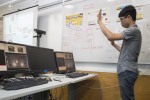
The first part of this blog focused on the risks of human bias inadvertently coded into AI. Part 2 explores the opportunities of AI to support Human Resource (HR) planning and management. One such opportunity is in preparing for, and adapting to, the disruptions associated with workforce trends such as the transient (or contingent) workforce. The exact number of transient workers in Australia is unknown, however, most estimates place the number at around 30% of the workforce and growing. No doubt an …
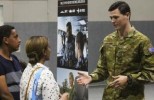
Information Warfare (IW) [1] is a whole of government challenge in which Joint Forces must play an integral part. Preparing for and conducting IW is difficult and requires a change to the way the Joint Force currently conducts warfare. The Joint Force is predominantly organised, equipped, trained and prepared for the challenges of the physical domain. The Information Environment (IE) [2] and IW present unique and unexpected challenges and complexities to the Joint Force that are outside of this more …
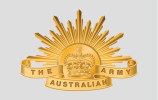
This is Part 2 of a blog on Information Warfare (IW), in case you missed it, you can read Part 1 here . Through IW operations, actions and activities, the Joint Force will have the ability to shape and influence the decision-making and behaviour of the target audience in order to achieve mission success across the range of military operations. In order to effectively and efficiently compel the target audience to fulfil our will throughout the IE, traditional manoeuvre concepts should be evolved. Given the …
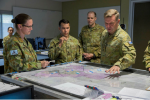
For the future Land Force, the ability to counter Information Warfare (IW) [1] and operations in the Information Environment (IE) [2] will be just as important as the ability to conduct them. This blog will look at countering IW influence activities using social media. Social media platforms are forums where information influence takes place, where narratives can be easily spread and countered, and where IW influence activities are already commonplace. The 2017 Director of National Intelligence report …

The Australian Army is grappling with the problem of developing an appropriate cyber workforce. As the Army becomes an increasingly digitised force and reliance on the cyber domain increases, the demands on the cyber workforce will continue to grow . To meet these challenges Army must think beyond the traditional cyber workforce model and beyond the workforce currently housed within niche units. Much work is being done throughout the Army to identify the most appropriate cyber workforce. The aim of this …

In defeat and victory armies have an obligation to learn from the past in order to prepare for the future. This has never been a strength of the Australian Army, unfortunately. However, there is opportunity to change and set the Army on course to prepare for an increasingly uncertain future. The energetic response of the German Army to learn from its defeat in the First World War is a striking example of a professional military force setting out to prepare for the future. By contrast, there has been little …
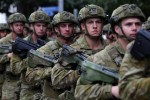
The first, the supreme, the most far-reaching act of judgment that the statesman and commander have to establish …(is) … the kind of war on which they are embarking; neither mistaking it for, nor trying to turn it into, something that is alien to its nature. This is the first of all strategic questions and the most comprehensive. Clausewitz, On War ADF doctrine currently describes the types of conflict in terms of a spectrum from ‘peace’ to ‘war’, where the level of violence discriminates between the two …
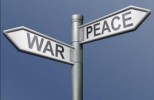
The conduct of Information Warfare (IW) [1] and operations in the Information Environment (IE) [2] are not new phenomena. Arguably the concepts, contemporary lexicon aside, are as old as conflict itself. IW operations are those that are designed to have a cognitive effect, resulting in the successful imposition of one’s will. IW includes both words and actions; the importance lies in how the words or actions are processed, perceived or interpreted by the target audience, be they friendly, neutral or …
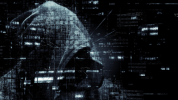
In July 2017, the Chairman of the Joint Chiefs of Staff (CJCS) issued a change to United States doctrine, elevating information to its current position as the seventh joint function. This was done in recognition of the power information has to support military operations, particularly in the wake of modern technology and social media. There is nothing new in recognising the power of information, or in seeing information as both a resource and a weapon. It is in transitioning this intellectual …

